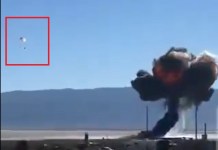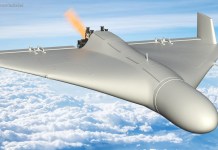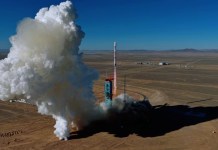Guam, a distant US island in the Pacific, is assuming greater significance amid the US-China rivalry that is unfolding in the Indo-Pacific region.
Stealth Beast J-20 Fighters Practice Night Combat Drills; PLAAF Pitches The Mighty Dragon Against S-400 Missiles: Experts
The US has come to acknowledge that China’s growing military prowess has the potential to put American military installations in the Pacific Rim in jeopardy. With this realization, it has refocused its attention on this small island that is home to the Andersen Air Force Base and the Apra Naval Base of the American military.
On January 15, the USS Nevada, an Ohio-class nuclear-powered submarine carrying 20 Trident ballistic missiles and dozens of nuclear warheads, arrived at the Navy base in US Pacific Island territory, reported CNN.

It’s the first time a ballistic missile submarine, known as a “boomer,” has visited Guam since 2016, and only the second time since the 1980s.
“The port visit strengthens cooperation between the United States and allies in the region, demonstrating US capability, flexibility, readiness, and continuing commitment to Indo-Pacific regional security and stability,” a US Navy statement said.
The #USNavy ballistic-missile submarine USS Nevada (SSBN 733) arrived at Apra Harbor, Guam Jan. 15, reflecting the United States’ commitment to the Indo-Pacific region.
Read more ?? https://t.co/bzjPpYRQnH pic.twitter.com/N4YCdcizct
— U.S. Navy (@USNavy) January 16, 2022
This development comes a few days after the US Marine Corps reactivated a base on Guam Island after about 68 years and days before the Marine Corps Installations Command holds a renaming ceremony scheduled for January 27, 2022, at its Asan Beach base.
Guam was last visited by a US Navy boomer in 2016 when the USS Pennsylvania made a stop there. Analysts say tensions in the Indo-Pacific have risen dramatically since then, and the US power projection would continue in the current scenario.
What Analysts Say
While it is routine for American frigates and destroyers to make port calls at US naval bases or in friendly countries, this one stands out by virtue of being a nuclear submarine. The movements of the US Navy’s 14 boomers are normally closely guarded secrets.
According to the US Navy, Ohio-class submarines spend an average of 77 days at sea before returning to port for maintenance and resupply.
Outside of their native ports of Bangor, Washington, and Kings Bay in Georgia, it’s unusual for one to even be photographed. The ballistic missile submarines are the “most crucial survivable leg of the nuclear triumvirate” because of their secrecy, according to CNN.
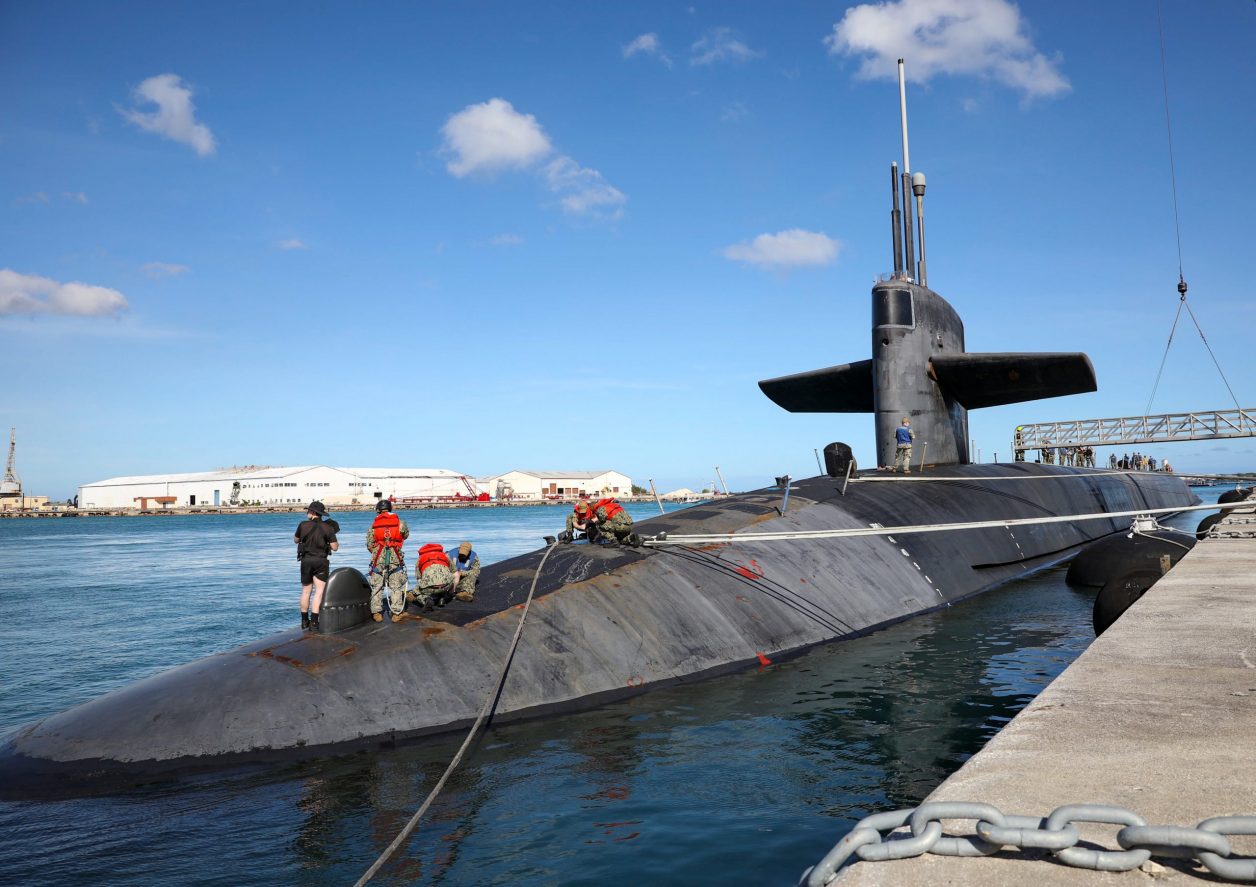
While the US prefers its nuclear submarines to maintain secrecy, making a port call points towards the American assertion of power and show of strength in the Pacific. It has been interpreted as a message to its two adversaries, China and North Korea which have been conducting missile tests, including hypersonic ones.
“It sends a message — intended or not: we can park 100-odd nuclear warheads on your doorstep and you won’t even know it or be able to do much about it. And the reverse isn’t true and won’t be for a good while,” Thomas Shugart, a former US Navy submarine captain and now an analyst at the Center for a New American Security told CNN.
North Korea’s ballistic submarine program is still in its early stages, while China’s projected six ballistic missile submarine fleet pales in comparison to the US Navy’s, according to analysts.
CSIS analysts stated in August that China’s Type 094 ballistic missile submarines are two times louder than US submarines, making them easier to detect, and they carry fewer missiles and warheads.
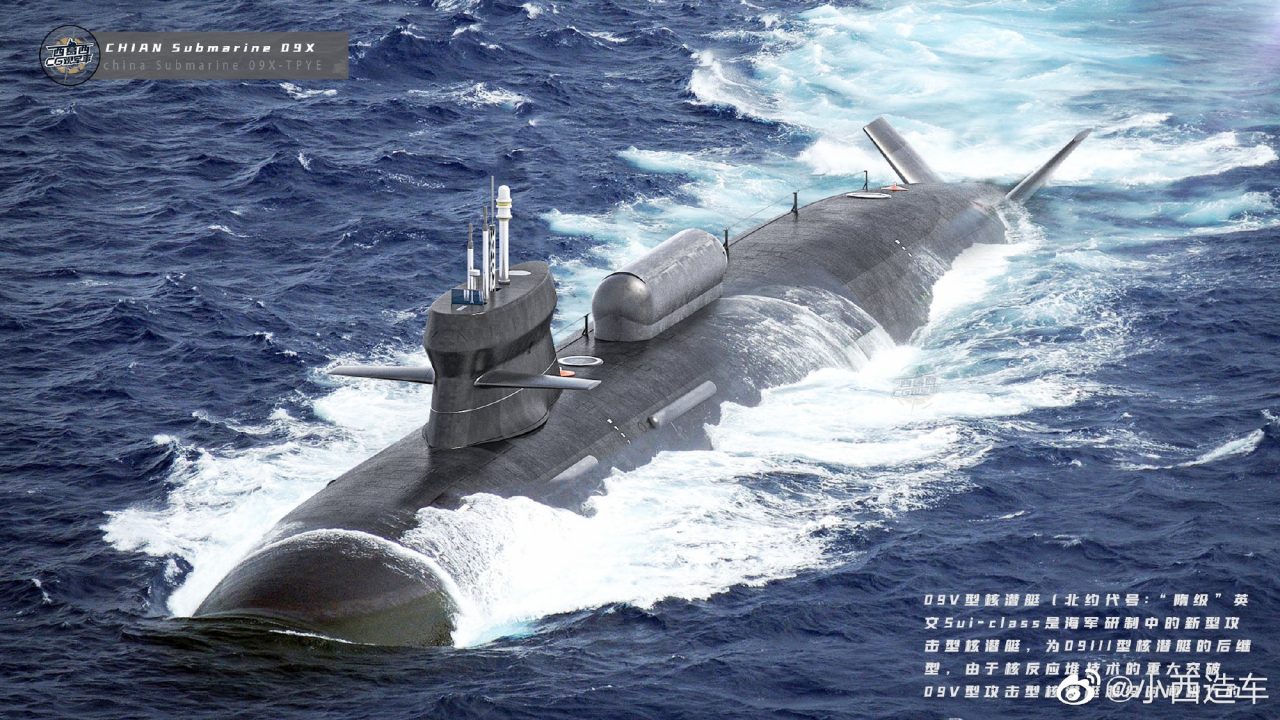
Apart from sending political signals, the presence of the USS Nevada in the vicinity “adds an important opportunity to learn how to hunt those of other actors in the region”, noted Alessio Patalano, a King’s College London professor of war and strategy.
The Omnipresent ‘China’ Factor
Even American experts have also admitted that Guam is within the strike range of China’s DF-26 intermediate-range ballistic missile which is capable of destroying targets around 3,400 miles away. No wonder, China has dubbed this missile “the Guam Killer”, sending the US military into a tizzy.
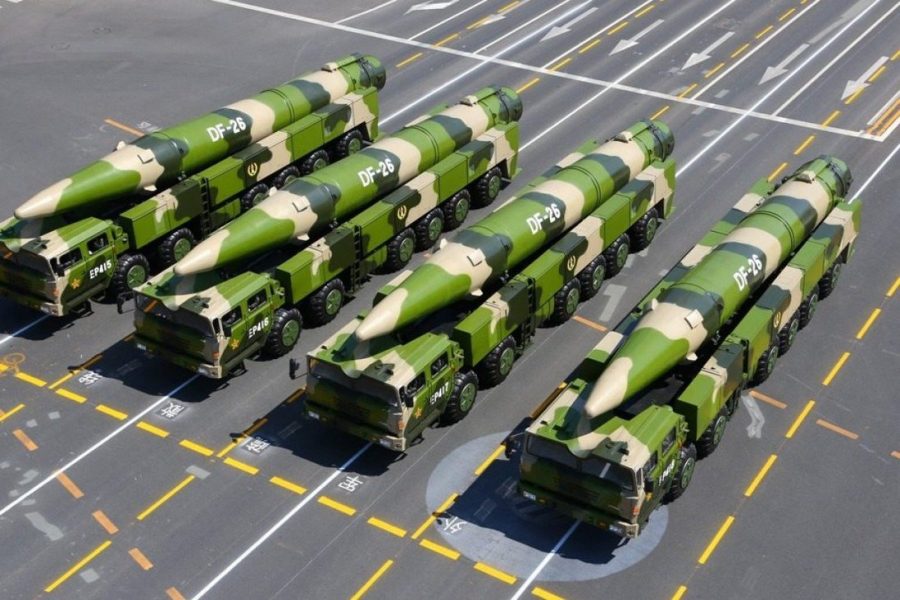
The Chinese People’s Liberation Army believes the US has the second line of defense east of Japan, with Guam being the most important base in the Marianas Islands chain, as previously explained by EurAsian Times.
Furthermore, the Andersen Air Force Base, which takes up much of the Island’s northern half, is the only US base in the Western Pacific capable of storing heavy bombers for an extended period of time. During any potential conflict with China, Guam would be a critical site. To evade detection, submarines departing Guam’s Navy base might dive quickly into the deep sea.
China warns to attack US military base in Guam with Hypersonic missiles DF-26
───────────────#RED_COMMUNISTS : #WW3
RED — Horsemen – #Revelation6v4
RED — Dragon – #Revelation12v3
RED — Beast – #Revelation17v3 pic.twitter.com/HAFmdOhSj6— ✞The Watchmans Post✞ (@WatchmansPost) January 11, 2022
China recognizes that the US base on Guam is the most serious hindrance to its goal of reunifying Taiwan. As a result, China’s military favors a deterrence posture to an aggressive nuclear war strategy, owing to the fact that it only has a few hundred nuclear weapons compared to the United States’ thousands.
For limiting US mobility, the DF-26 is the most important missile in its arsenal.
- Contact the author at sakshi.tiwari9555@gmail.com
- Follow EurAsian Times on Google News

